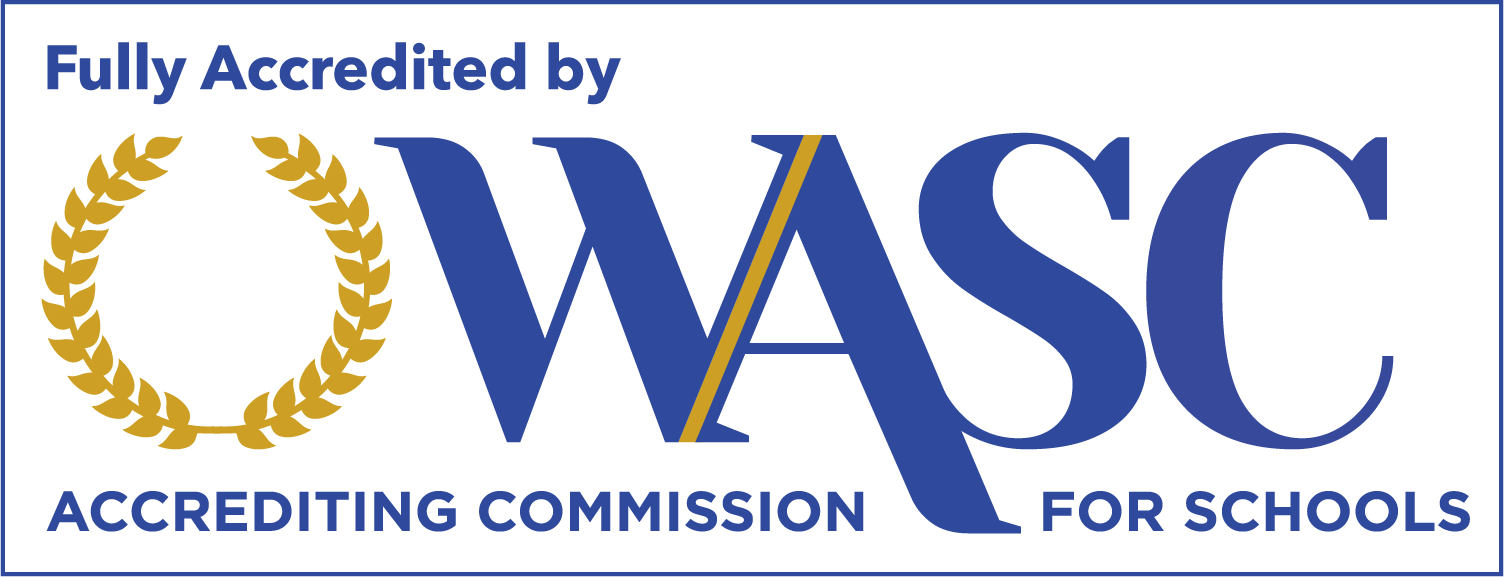How to Help My Child With Dysgraphia: A Parents’ Guide
Dysgraphia is a neurological disorder that affects your child’s writing. It can cause their writing to be illegible with unusual letter formation, inadequate spacing, missing punctuation and capitalization, frequent spelling errors, and backward or inverted letters.
As a parent, you are likely concerned and unsure how to help your child. The good news is that we have the answer to how to help your child with dysgraphia.
Does My Child Have Dysgraphia?
You likely notice that your child has dysgraphia when they begin to have difficulty with writing. They might form their letters incorrectly, have inconsistent spacing, tails that do not go below the line, missing capitals or capitals where they don’t belong, and forgetting punctuation. Even with instruction, the problem still persists. In fact, if they have received print instruction for two years or more and the problem is still there, it might be dysgraphia.
Your child might also have other learning disabilities that impact the way that they learn. Besides difficulty with writing, it can also cause unusual or incorrect spelling and difficulty with putting their thoughts on paper.
Does my child have dysgraphia? Some dysgraphia symptoms include:
- Frequent erasing
- Unusual paper or body position while writing
- Cramped or odd pencil grip
- Difficulty spacing items out
- Illegible letter formation
- Immature content
How To Teach a Child With Dysgraphia To Write
When your child has handwriting issues, let them use a stress ball in order to improve coordination. Talk to your child about what they’re experiencing and how you’re there for them.
Teach them different ways to relax before writing. Taking the stress out of writing can help whether it’s rubbing their hands together beforehand, or listening to relaxing music.
Consider pencil grips for comfort as they write.
Consider reaching out to their school, teacher, and tutors to see what improvements can be made to help your child gain the confidence they deserve.
In some cases, an Occupational Therapist can work with your child to improve their fine motor skills and letter formation.
1. Write Large
Since the symptoms of dysgraphia tend to include trouble with writing letters properly, writing large might help them. Have your child practice writing letters with fun activities such as writing letters in foam, shaving cream, or sand, or add sand to finger paint to encourage sensory learning.
2. Practice Makes Perfect
Since your child might have trouble holding a pencil, they can practice using pinching tools around your home. This can help them to improve the way that they hold pencils. Different pinching tools include chopsticks, ice tongs, and even tweezers.
3. Change the Paper
Your child might be experiencing trouble with organizing information and placing their letters on paper. In order to help them, consider using wide-ruled lined paper or graph paper to help with spacing.
Another option is to change the color of the paper; choose pastel colors instead. Ask your child if there is a color that helps them “see” better when writing.
4. Teach them Cursive
For some children, the starting and stopping of each letter when printing is problematic. Cursive, with its connected letters, can sometimes help a child produce more legible words.
5. Use Keyboards
Consider allowing your child to practice expressing themselves by using a keyboard. This can help them improve on their written content when spelling and penmanship interfere with what they would like to say.
6. Fine Motor Control Practice
Fine motor control is important to help your child strengthen their wrist and fingers. A fun activity for your child to practice fine motor control is by drawing.
The great part about drawing is that it’s a low mess as well! Choose markers and fat pencils for them to draw with.
Another great option is threading. When your child first begins, give them large items with big holes to thread onto pipe cleaners. Once they become more skilled with it, there are different items that you can teach them to use.
Hole punching and cutting with scissors is another great activity that your child will love. It’s a great option for coordination and hand strength. You can then encourage your child to make different designs with their hole punches.
7. Set Them Up For Success
Build strength through exercise! When you have your child build strength, they’re more likely to sit up straight and hold their pencil in the proper position. Different activities can include playing basketball, playing on the monkey bars, crab walking, or push-ups.
Have your child include fun strength training activities throughout their day. You can head to the playground, local gym, or play right in the backyard.
When sitting down to write, encourage good posture, a table at the correct height, and feet flat on the floor with the paper directly in front of their body.
8. Practice Storytelling
Having your child practice structured storytelling might help them organize their thoughts. Ask them about their day and show them different introductions that they can begin with. Ask them questions to encourage storytelling such as what they did in the morning or afternoon. Encourage them to tell you how the day was overall. This can go for other activities that they do throughout the day and not just school. Avoid yes and no questions to encourage conversation.
9. Utilize Technology
If the physical act of writing is difficult for your child and their spelling impedes their written expression, consider technology with Speech to Text features. This way, your child can express themselves similar to how they speak without having to actually write it down.
10. Consider Tutoring
Children with dysgraphia can learn to form their letters but often spelling hinders them from writing what they’d like. For example, if your child wants to use the word “humongous” to describe an animal but doesn’t know how to spell it, they might use “big” instead. Even though they are capable of higher vocabulary, they may not use it. Tutoring in Structured Literacy can help improve your child’s spelling and increase their confidence to use the vocabulary they would like to use.
Answering the Question: How To Help My Child With Dysgraphia
After exploring this guide, you should have a better idea of what to expect when it comes to answering the question of how to help your child with dysgraphia improve their writing and to feel more confident overall.
Are you looking for a program to help? At Read Academy of Sacramento, we empower students with dysgraphia to excel in their academic skills by providing instruction developed for them and suited to their unique learning styles.
Do you have questions? We can help! Contact us today, and we will help your child with their specific needs.




